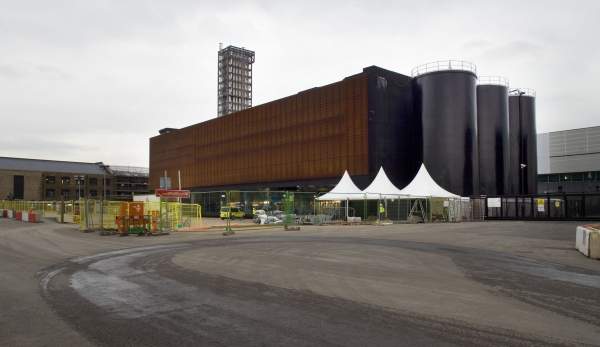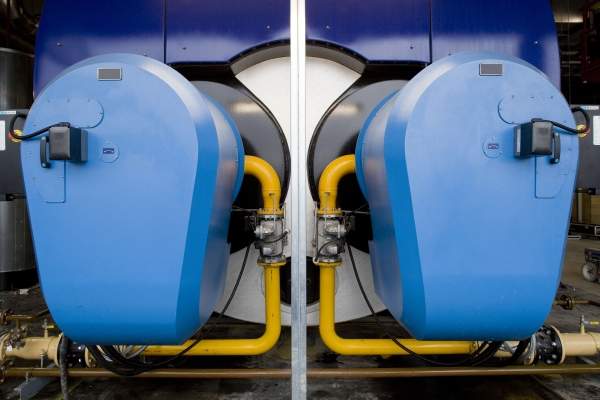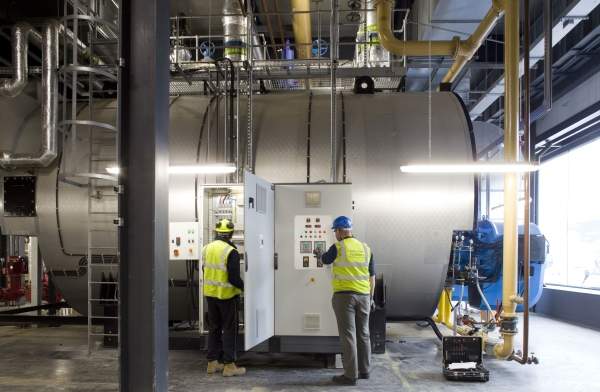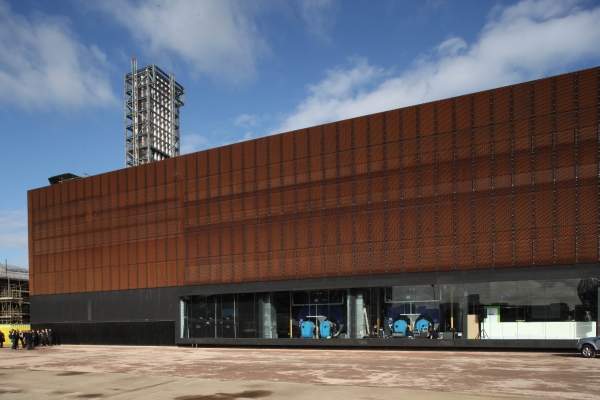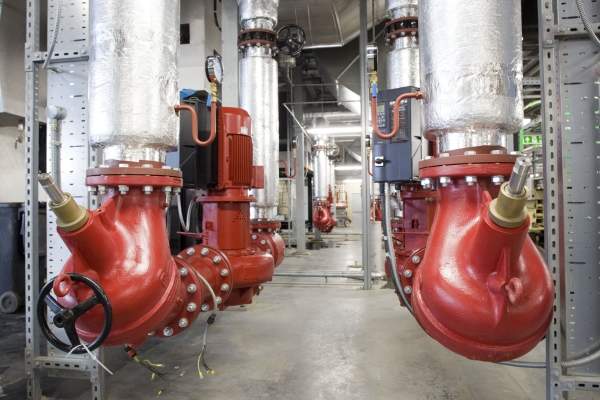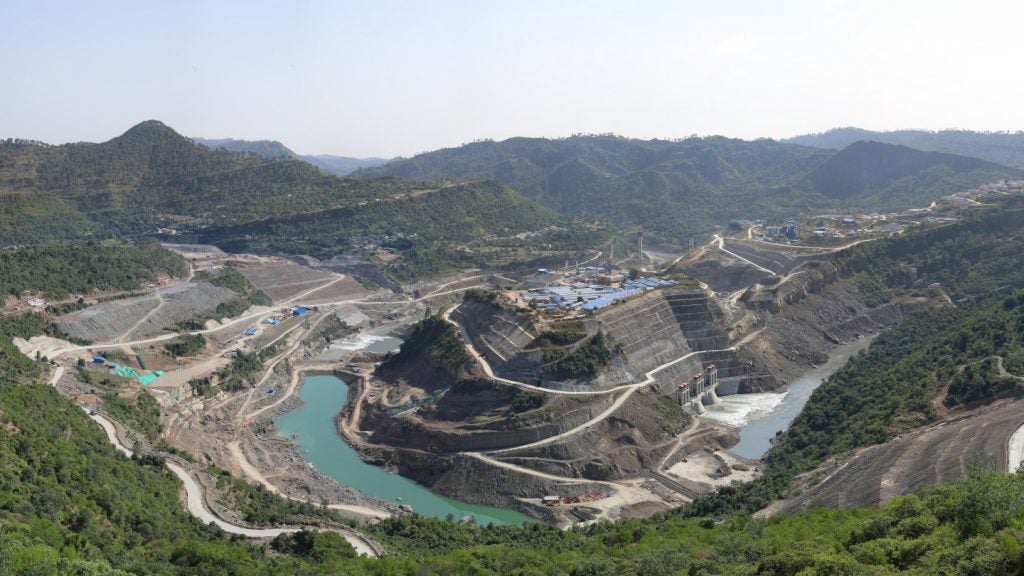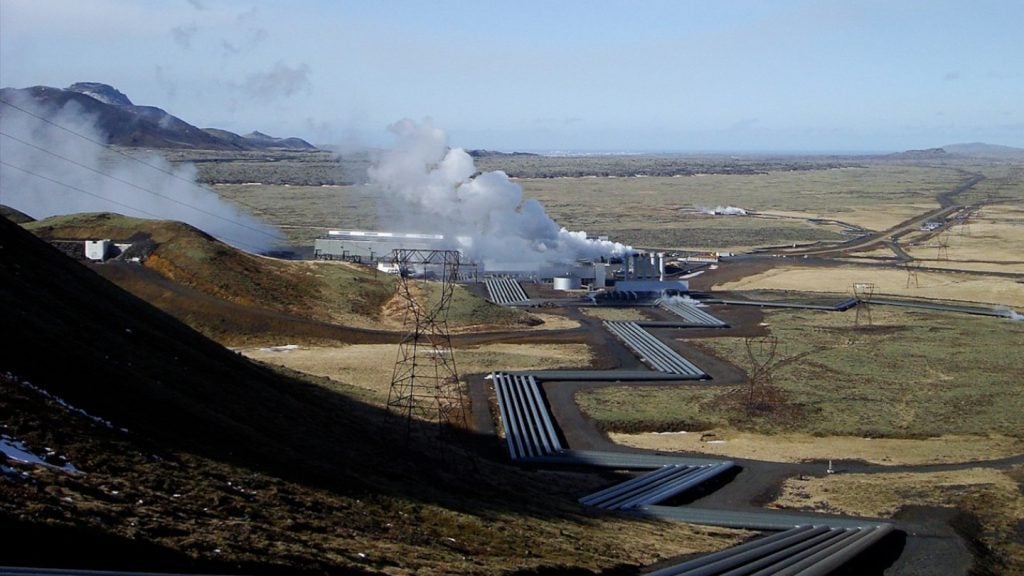Olympic Park Energy Centre is one of the largest combined cooling, heating and power generating facilities built in the UK. It is located at the west-end of the Olympic Park and the utilities are partly housed in the historic Kings Yard Industrial Buildings.
The facility has been built for sustainable energy generation during the 2012 Olympic and Paralympic Games. The project was developed by the Olympic Delivery Authority (ODA) and was opened in October 2010.
A second energy centre has been built in the Stratford City. It will also serve the heating, cooling and electricity requirements of the Games venues and other facilities.
Both the energy centres will serve the new metropolitan development in East London after the 2012 Games. About five new neighbourhoods are being planned for development in the future.
Project finances behind East London’s energy centres
In July 2008, the ODA and Straford City Development (SCDL) contracted Cofely East London Energy (previously Elyo) to build the two energy centres following a competitive tender process.
Cofely, an energy services subsidiary of GDF SUEZ, designed, financed and constructed the energy centres.
Cofely has also developed about 16km of community energy networks for heating and cooling systems that operate at low temperatures to reduce energy losses. The total cost of the projects is £113m. The company will own and operate the facilities for 40 years.
Kings Yard energy centre design and make-up
The Kings Yard Victorian building was renovated to visually integrate with the surrounding listed buildings. The design was inspired from the Battersea and Tate Modern power stations. A 45m high flue extractor was added to form an iconic part of the skyline.
The energy centre has a flexible modular design with a natural gas-fired combined cooling heat and power (CCHP) unit and bio-mass fired boilers.
In October 2009, GE Energy was contracted to supply a 3.1MW ecomagination-certified Jenbacher engine-based cogeneration module for thermal power generation at the Kings Yard facility. GE Energy also supplied two 3.3MW natural gas cogeneration modules for the Stratford Energy Centre.
The Kings Yard plant is equipped with two 20MW hot water boilers, three 3.5MW bio-boilers, two 7MW electric chillers and one 4MW absorption chiller. It has five cooling towers.
Boilers of the energy centre use natural gas as feedstock. Base demand for heat during winters is met through the bio-boilers that use sustainable biomass, such as woodchips and pulp, as feedstock.
The plants use energy efficient systems and mechanisms to reduce the heat supply costs. Ammonia-based chillers and electrical and absorption chillers enable the Olympic Park to meet the demand for cooling. The energy centres utilise the recovered waste heat for operation. Rotork IQT and IQTM electric valve actuators are installed at the facility.
The plant initially produces 46.5MW of heating and 16MW of cooling. Capacity of the energy centre can be expanded with new technologies. The energy centre has scope for four additional 3.1MW gas engines, one additional hot boiler, bio-boiler and absorption chiller in the post-Olympics legacy period.
The facility is expected to power about 10,000 homes in the long-run. An educational and historic information centre is also planned for visitors within the energy centre.
Construction and distribution of the Olympic Park and Stratford centres
Work on the project started in August 2008. Foundation work was completed by February 2009 with 200 piles driven at a depth of 24m into the ground. The roof and floors installed on the building’s steel frame required about 3,500m² of concrete planks.
The two-storey building structure required about 500t of steel. John McAslan + Partners was the designer and construction manager for the project. Cofely was contracted for providing the detailed design and procurement of plant equipment. PJ Carey was the main contractor for the project. Adams Kara Taylor (AKT) was the structural engineer and The AA Group (TAAG) was the steelworks contractor.
The two energy centres are interconnected and the power is distributed by underground electrical lines through two 6km tunnels. A primary electrical substation, located adjacent to the Kings Yard energy centre, forms the central part of the utilities network. Construction of the substation was completed between December 2007 and October 2009.
The substation has 132/11kV step down transformers and about 11,000 switchgear and auxiliary equipment for distribution across the Olympic Park and Stratford City development. Lea Valley Utilities (LVU), a subsidiary of EDF Energy, built, owns and operates the substation. It was designed by NORD Architecture with Andrews Associates as the structural engineer.
The distribution network consists of about 100km of new local electrical cabling connecting both the energy centres with the Olympic Park and the Stratford City developments. The community energy networks link the future developments.
Local environmental impact on London
The energy centre is a sustainable facility whose boilers and CCHP units operating in conjunction will reduce about 1,000t of carbon emissions per annum. The CCHP utilises wastewater treated at the site to cool the facility. The energy centre plays a crucial role in meeting the ODA’s target to reduce carbon emissions of the Olympic Park by 50%.
The City of London plans to generate about 25% of its power requirements locally by 2025, through the construction of energy centres. It also plans to reduce the costs associated with fossil fuels and carbon emissions by 60% by then.

